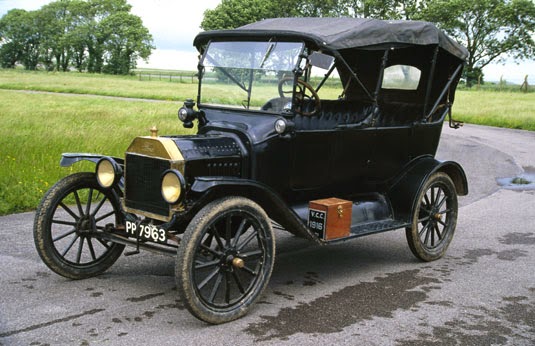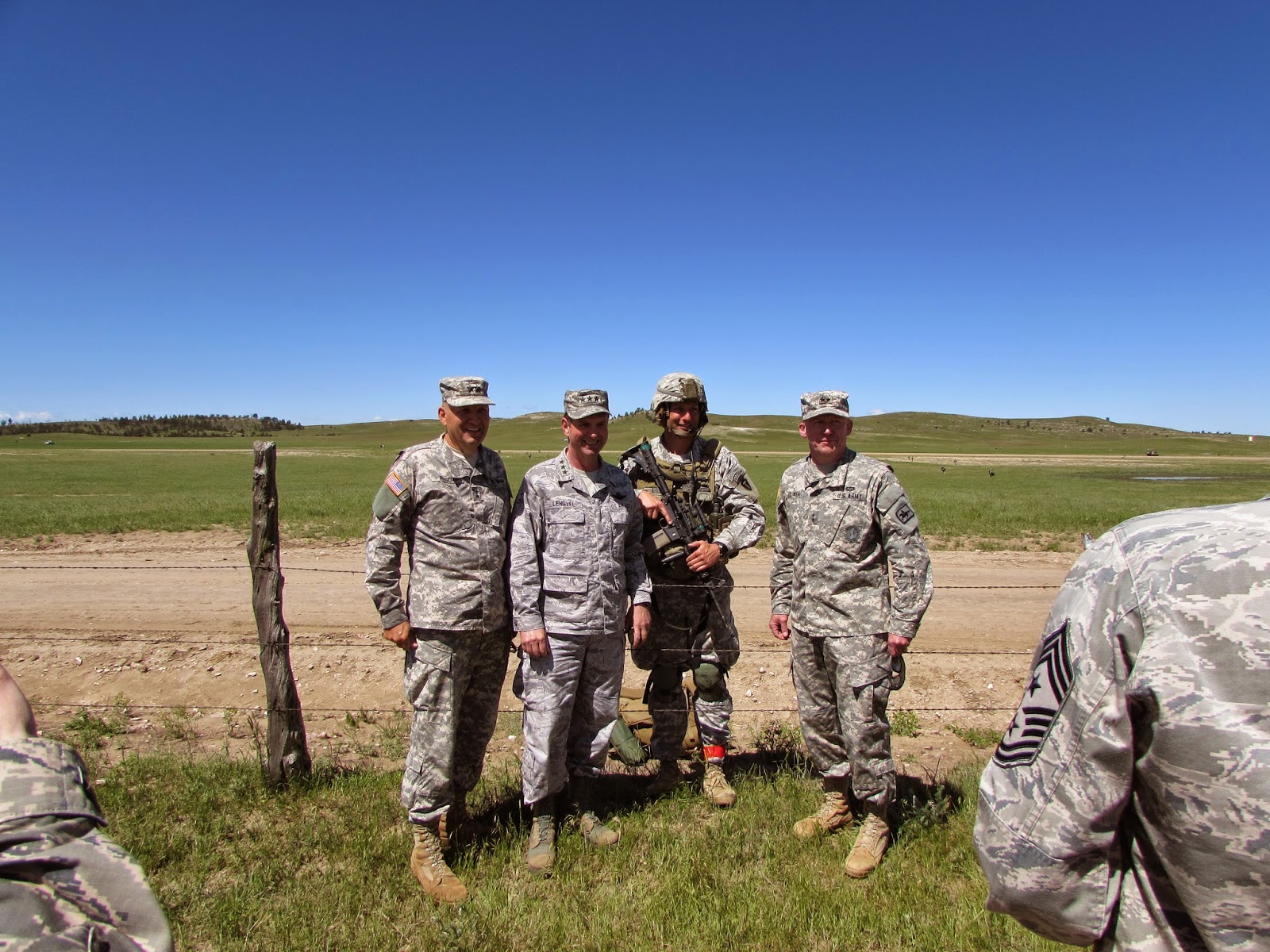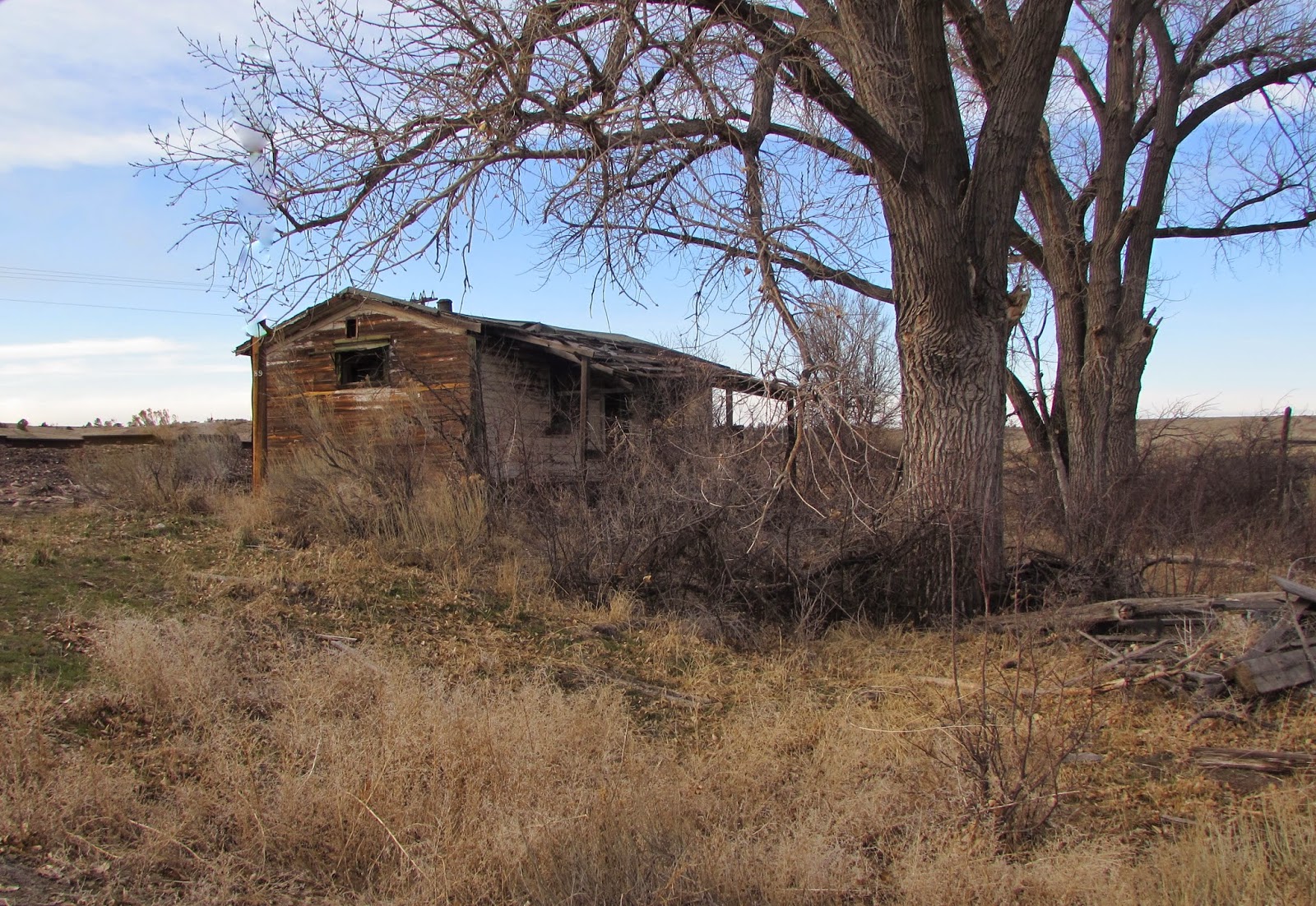Onward – to Yellowstone – In an automobile
The Official Route Book of the
Yellowstone Highway Association in Wyoming and Colorado,
published in 1916, first invited people to visit the park in their autos.
Must have been quite an
adventure, driving through the park, come to think of it, it is still quite and
adventure.
The
association, started in Douglas, Wyoming (1915), with a stated purpose of promoting
good roads everywhere, but had a special emphasis on roads leading to and from
Yellowstone Park in Wyoming’s Northwest corner.
Care was taken in promoting a
route through towns and cities with the best accommodations and also homes one
of the commissioners/members, of the Yellowstone Highway Association. It took
a bit of time to convince the United States Government that automobiles would
be safe in the park, but at long last they reluctantly went along with the
idea. They finally allowed with a note that, it looks like maybe automobiles
are here to stay.
All cars were to be inspected to
make sure they had enough gas to make the trip through the park and that the
tires were in very good shape, along with the general condition of the car. No motorcycles
or busses, with paying customers, were allowed. Each driver was given a copy of
driving regulations when entering the park, these included the time it should
take to reach various destinations around the park.
 |
| 1916 Ford |
-The following rules were to be followed when driving through
the park-
Speed- Limited
to 12 miles per hour going uphill and 10 miles per hour going downhill-8 miles
per hour on curves
Teams- “When
teams, saddle horse, or pack trains approach, automobiles will take the outer
edge of the roadway, regardless of the direction in which they may be going.”
Charges- $7.50
for a drive through the park or $10.00 for the year, October 1 to the last day
of September
Fines- Times
where checked and recorded and fines were given for arriving at the desired
destination too fast, how much? Fines were .50 cents for each minute early for
the first five minutes then went to a dollar a minute if the driver arrived
more than five minutes early. Faster than that, could be fined $25.00 dollars
and ejected from the park.
I visited the park last September
and am ready to go back.
 |
| Not sure who was most excited when we saw this Grizzly, Me or my grandson |








.JPG)









